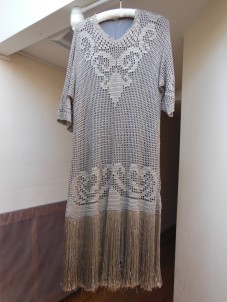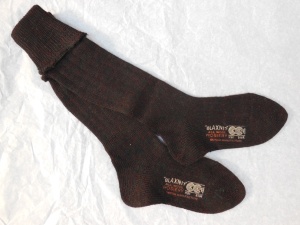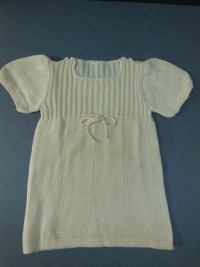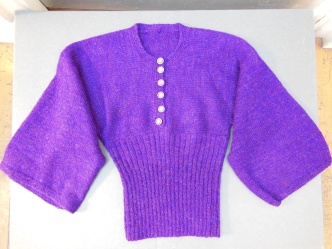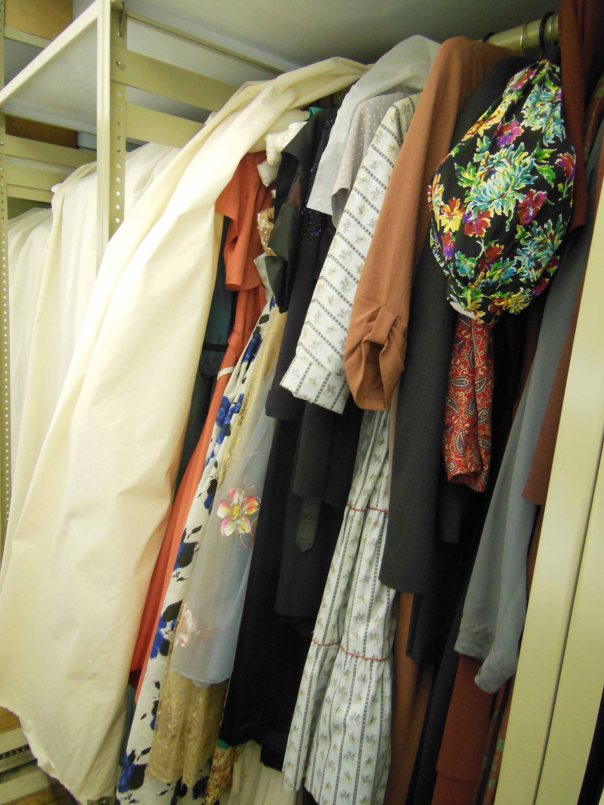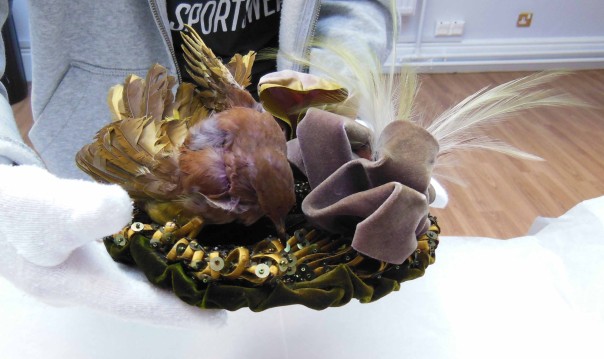After the previous two blogs, which looked at cameras from the early 1900s, I’m jumping the generations to look first at what a camera snob might say is the most awful thing they’ve ever seen. But it’s not really the garish, fragile, unreliable, dirt-cheap, cute and amazing Snappit camera that I’m interested in – it’s the film it used.
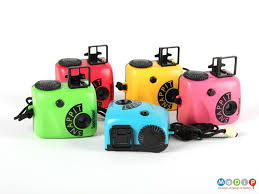
A Herd of Snappits
The Snappit first though. The Tullie’s example given its name by the film processing firm Supasnaps, but the camera appeared under many brand names around the world. It might have been given away free, or might have cost, say, £1 or less if you were unlucky enough to have to pay for one. You might be amazed that there is one in the Tullie House Collection, but it was a popular – in its literal sense – camera. It was aimed at those who didn’t much care what their photos looked like, but who just wanted to remember the moment.
The film of the day for doing that was Kodak’s 126 cartridge. The cartridge is longer than the Snappit’s tiny body so that some of it sticks out; the camera’s smart design keeps the bit that matters light-tight till the shutter is pressed.
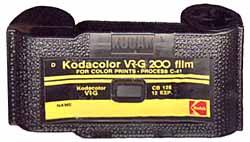
126 Cartridge
In 1963 Kodak had reacted to complaints from people who found loading cameras generally difficult. It brought out the 126 drop-in cartridge and the first Instamatic camera. The film involved was actually 35mm but with just one perforation per frame, not for winding on, but so a pin can engage with the film and stop the wind-on so the last part of the action can cock the shutter. The image size was about 26mm square.
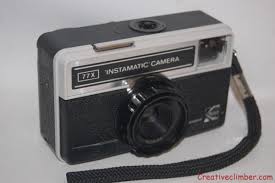
A basic Kodak Instamatic
Kodak aimed to match or beat the success of the Box Brownie with its Instamatic cameras and its fool-proof drop-in loading system. Millions upon millions of Instamatic cameras were sold, with varying degrees of sophistication, between 1963 and the late 1980s. Other makers bought into the format in a big way. Typically, Rollei and Zeiss made expensive single-lens reflex 126 cameras.
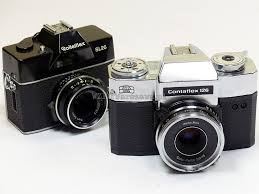
Rellei and Zeiss offerings
But 126 had a built-in big drawback. Film flatness is crucial to sharp focus and 126 film was never very good at being dead flat behind the lens. There was no pressure plate; it relied on the film cartridge being within spec, and it was never great*. Then consider that the majority of 126 cameras had simple plastic lenses, no fine-focus mechanism and no way to check focus, so the snapper was up against it from the start; but most people didn’t care.
Many old Instamatics are relatively new and still work and it’s amazing how many of the Snappit-type cameras can be found. The last 126 film was made by Ferrania in 2007, but if you’re handy, you can reload an old 126 cartridge with current 35mm film, but the image will overlap onto the film’s perforations. It’s actually quite a nice effect in a print. The web will tell you more, and like most things, you can see it done on youtube.
The Tullie’s Snappit is currently on show in the museum atrium, along with well over a dozen other cameras dating from 1900 to 2004.
*126’s “subminiature” partner, 110 film, was even worse, but it still sold by the ton.
Andy – Curatorial Assistant

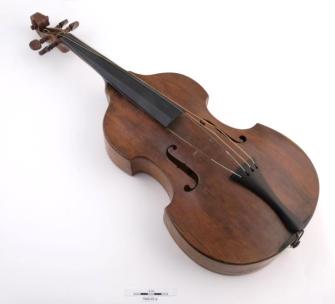
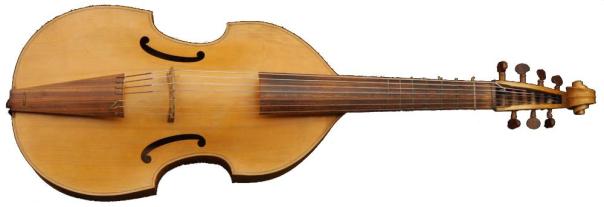
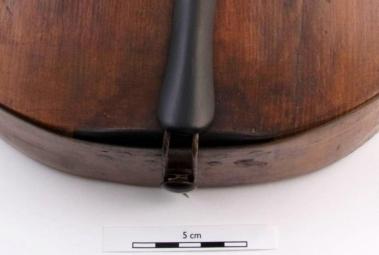
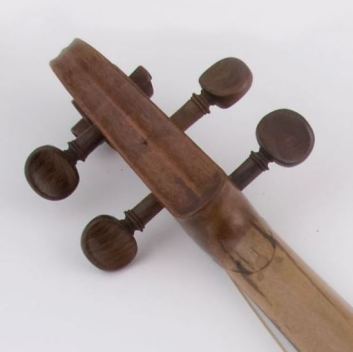
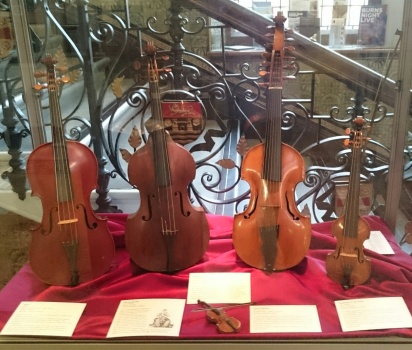 OK then. Fiddle – a word developed slowly through the medieval period that can mean any bowed instrument.
OK then. Fiddle – a word developed slowly through the medieval period that can mean any bowed instrument.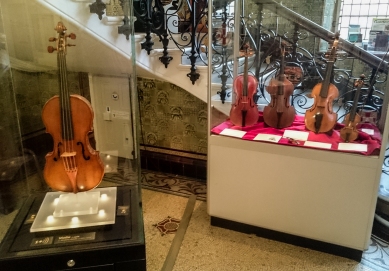 Andrea Amati’s violin, which has stood alone in Old Tullie House for a good number of years, is an amazing survivor from the court orchestra of King Charles IX of France. That it is 450 years old almost beggars belief. When it was made; Elizabeth I had been queen for eight years, the Spanish Armada was not even a glint in Philip II’s eye. It is one of the oldest violins in the world, and it survived the French Revolution.
Andrea Amati’s violin, which has stood alone in Old Tullie House for a good number of years, is an amazing survivor from the court orchestra of King Charles IX of France. That it is 450 years old almost beggars belief. When it was made; Elizabeth I had been queen for eight years, the Spanish Armada was not even a glint in Philip II’s eye. It is one of the oldest violins in the world, and it survived the French Revolution.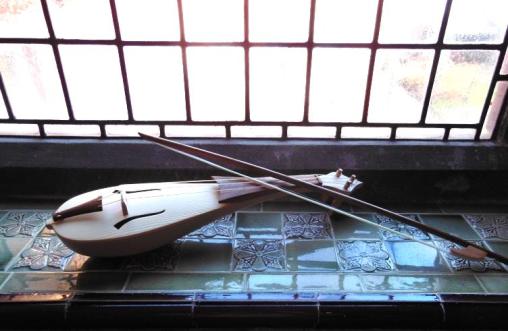

 Our new ‘Cabinet of Curiosity’ display in the Victorian Entrance of the museum has been designed to give everyone a glimpse of how varied Tullie House’s collections are. And to show you the types of material you can expect to find in the museum if you want to come in and take a closer look.
Our new ‘Cabinet of Curiosity’ display in the Victorian Entrance of the museum has been designed to give everyone a glimpse of how varied Tullie House’s collections are. And to show you the types of material you can expect to find in the museum if you want to come in and take a closer look.







